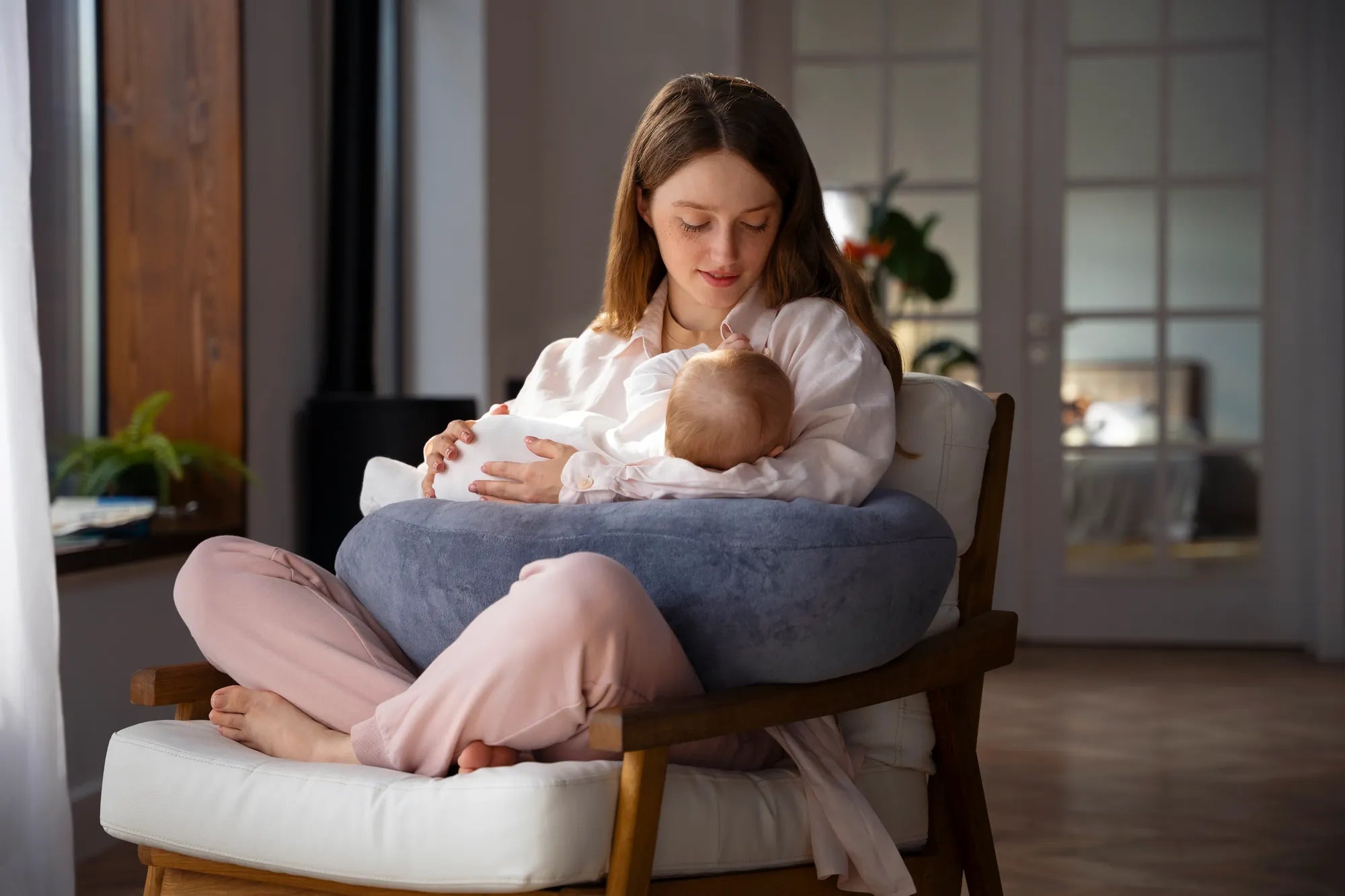Accueil
Pregnancy, Breastfeeding, and Pumping: The Ultimate Guide for Moms
How Long Does a Breast Pump Stay Sterilised: A Comprehensive Guide

How Long Does a Breast Pump Stay Sterilised: A Comprehensive Guide
When it comes to ensuring the safety and hygiene of your breast pump, understanding how long it stays sterilised is crucial. Sterilisation is a vital step in preventing the growth of harmful bacteria and ensuring that your baby is protected from potential infections. This article delves into the factors that influence the sterility of a breast pump, the duration it remains sterile, and the best practices to maintain its cleanliness.
What is Sterilisation and Why is it Important?
Sterilisation is the process of eliminating all forms of bacteria, viruses, and other microorganisms from an object. For breast pumps, this is particularly important because any contamination can pose a risk to your baby's health. Proper sterilisation ensures that the pump is free from harmful pathogens, providing a safe environment for expressing and storing breast milk.
How Long Does a Breast Pump Stay Sterilised?
The duration for which a breast pump remains sterile depends on several factors, including the method of sterilisation, storage conditions, and the type of pump. Generally, a breast pump can stay sterile for up to 24 hours if it is stored in a clean, dry, and covered container. However, this timeframe can vary based on the environment and handling practices.
Factors Affecting Sterility Duration
- Method of Sterilisation: Different sterilisation methods, such as boiling, steam sterilisation, or chemical sterilisation, can impact how long the pump remains sterile. Steam sterilisation, for example, tends to provide a longer sterility period compared to boiling.
- Storage Conditions: Storing the sterilised pump in a clean, dry, and covered container can help maintain its sterility. Exposure to moisture, dust, or contaminants can reduce the sterility duration.
- Type of Pump: The design and material of the breast pump can also influence how long it stays sterile. Pumps with fewer crevices and smooth surfaces are easier to sterilise and maintain sterility.
Best Practices for Maintaining Sterility
To ensure that your breast pump remains sterile for as long as possible, follow these best practices:
Proper Sterilisation Techniques
Always follow the manufacturer's instructions for sterilising your breast pump. Whether you are using boiling, steam, or chemical methods, ensure that all parts of the pump are thoroughly sterilised. Pay special attention to small components and crevices where bacteria can hide.
Clean and Dry Storage
After sterilisation, store the pump in a clean, dry, and covered container. Avoid placing it in areas where it can be exposed to moisture, dust, or other contaminants. Using a sterilised container or bag specifically designed for breast pump storage can help maintain sterility.
Regular Cleaning and Maintenance
Even if your breast pump remains sterile for a certain period, it is essential to clean and sterilise it regularly. After each use, disassemble the pump and wash all parts with warm, soapy water. Rinse thoroughly and allow them to air dry before the next sterilisation cycle.
Handling with Clean Hands
Always handle your sterilised breast pump with clean hands. Wash your hands thoroughly with soap and water before touching the pump or its components. This helps prevent the introduction of bacteria or other contaminants.
Signs That Your Breast Pump Needs Re-Sterilisation
It is important to recognise when your breast pump may no longer be sterile. Here are some signs that indicate it is time to re-sterilise:
- Visible Contamination: If you notice any dirt, residue, or foreign particles on the pump, it should be re-sterilised immediately.
- Unpleasant Odour: A foul or unusual smell coming from the pump can indicate bacterial growth, necessitating re-sterilisation.
- Exposure to Contaminants: If the pump has been exposed to dust, moisture, or other contaminants, it should be re-sterilised before use.
- Extended Storage: If the pump has been stored for more than 24 hours, it is advisable to re-sterilise it to ensure safety.
Common Mistakes to Avoid
To maintain the sterility of your breast pump, avoid these common mistakes:
- Incomplete Sterilisation: Failing to sterilise all parts of the pump, including small components and crevices, can leave areas where bacteria can thrive.
- Improper Storage: Storing the pump in an open or contaminated environment can reduce its sterility duration.
- Neglecting Regular Cleaning: Even if the pump remains sterile, regular cleaning is essential to remove milk residue and prevent bacterial growth.
- Using Damaged Parts: Cracked or damaged pump parts can harbour bacteria and should be replaced immediately.
Conclusion
Understanding how long a breast pump stays sterilised is essential for ensuring the safety and hygiene of your baby. By following proper sterilisation techniques, maintaining clean storage conditions, and regularly cleaning the pump, you can extend its sterility duration and protect your baby from potential infections. Remember to handle the pump with clean hands and re-sterilise it if you notice any signs of contamination. With these best practices, you can confidently use your breast pump knowing that it is safe and sterile for your baby.
Ensuring the sterility of your breast pump is not just about following a routine; it's about providing the best care for your baby. By staying informed and diligent, you can create a safe and healthy environment for your little one. So, take the time to sterilise and maintain your breast pump properly—it's a small effort that makes a big difference in your baby's well-being.
Partager
